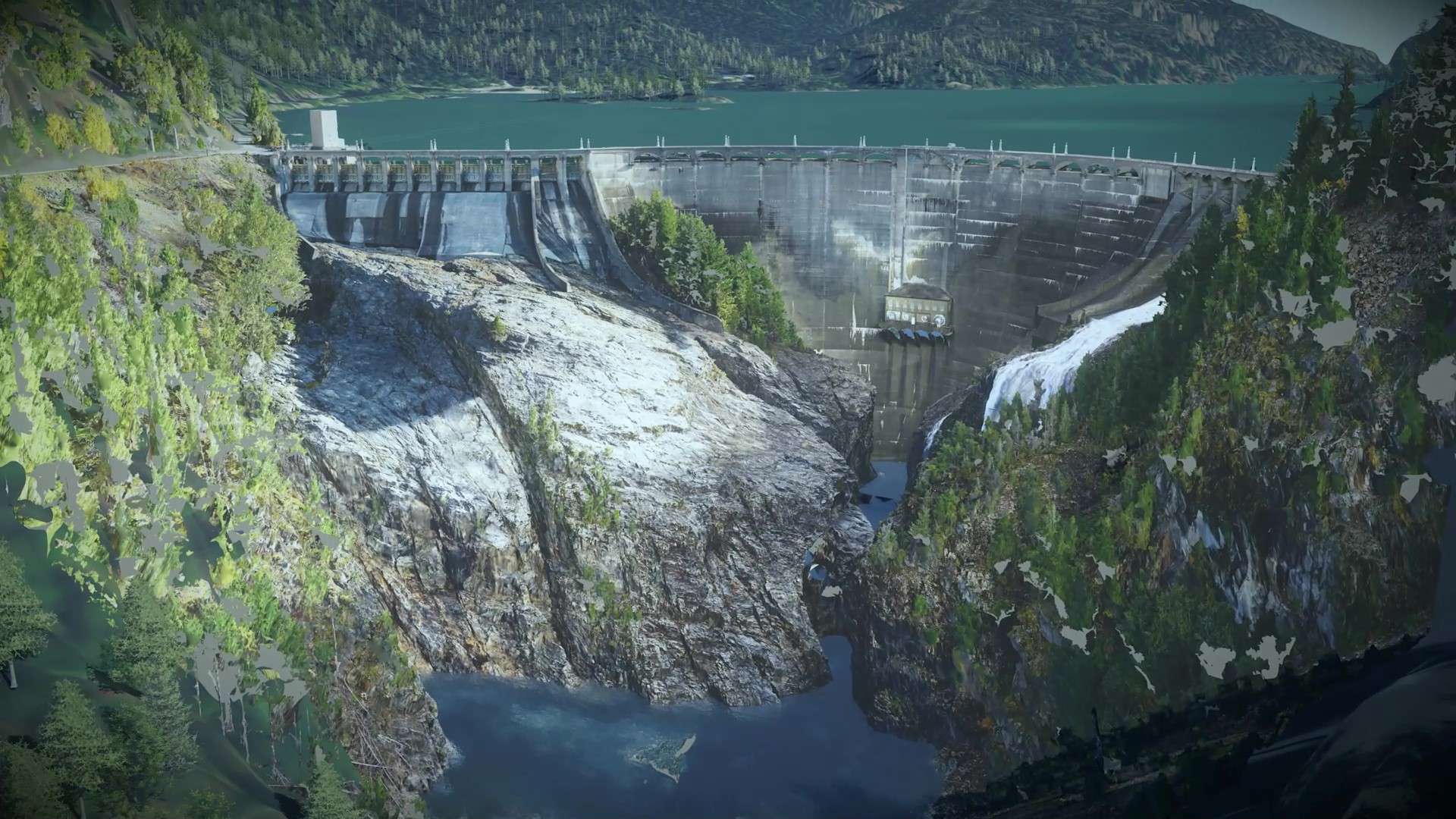From small to large, utilities across the United States are facing funding gaps.
According to the 2021 Infrastructure Report Card, only 21% of all U.S. utilities report being able to fully cover the cost of providing drinking water services, and only 20% of very large utilities and 10% of small utilities think they will be able to provide full cost service in five years.
Decades-old water infrastructure has been under increased regulatory pressure as the nation’s 2.2 million miles of underground pipes are plagued by weekly breakdowns, losing billions of gallons of water each day, and undersized wastewater collection systems are struggling to keep up with community and environmental needs.
Despite the urgent need for federal funding, state and local governments have had to shoulder about two-thirds of public spending for capital investment in water infrastructure since the 1980s. However, this is all about to change with the Infrastructure Investment and Jobs Act (IIJA) signed into law by President Biden in November 2021.
This landmark legislation adds another $550 billion of additional federal spending of which $55 billion is set to tackle water issues, including replacement of aging infrastructure, removal of lead service lines, and addressing emerging contaminants like PFAS/PFOA.
The breakdown of funding allocated for water is as follows:
- $23.4 billion for the Drinking Water and Clean Water State Revolving Funds
- $10 billion to address PFAS/PFOA
- $15 billion for lead service line replacement
- $3.5 billion for tribal water and sanitation infrastructure
- $510 million drinking water Assistance for Small and Disadvantaged Communities
- $1.4 billion for Sewer Overflow & Stormwater Reuse Municipal Grant Program
- $1.7 billion to protect regional waters
To modernize flood management as a result of climate change and extreme weather events the bill has allocated the following funds:
- $3.5 billion for Flood Mitigation Assistance program,
- $1 billion for Building Resilient Infrastructure and Communities program,
- $300 million for the Emergency Watershed Protection Program, and
- $2.5 billion for inland flood risk management for the Army Corps of Engineers, with a focus on multi-purpose projects and projects that will directly benefit economically disadvantaged and minority communities.
The bill also authorizes several new EPA programs supported by water sector groups, such as a new climate resilience program for drinking water systems and a low-income water ratepayer assistance pilot program.
Allocation of IIJA Funding
Most of the IIJA funds will be distributed through the Drinking Water and Clean Water State Revolving Fund (DWSRF and CWSRF) programs, which are administered by each state with the U.S. Environmental Protection Agency (EPA) tasked to develop formal guidance for the release of the funds.
For example, for the core clean-water and drinking-water program funds, as well as for the newly created drinking water lead service line program, which will tackle the nation’s 6 to 10 million lead services lines in cities and towns across the country, 49% of the funds will be in the form of outright grants or loans with principal forgiveness. The other 51% will be low-interest loans. In addition, for 2022 and 2023, the state match requirement has been reduced to 10% for the core drinking-water and clean-water SRF funds, compared with 20% in 2021 and earlier years. For lead service line program, the state match has been eliminated.
In December 2021, EPA announced the state-by-state allocation of $7.4 billion for water infrastructure from the Infrastructure Investment and Jobs Act – the first of five years of nearly $44 billion in dedicated EPA SRF. California will receive the largest state share of the 2022 SRF allocations, with $609.4 million. Texas ranks second, with $507.7 million; New York is third, with $428.1 million; Illinois is fourth, with $288.3 million; and Florida is fifth, with $275.4 million.
What’s Next? Planning and Prioritization
The passing of IIJA marks the single largest investment in water that the federal government has ever made, a highly anticipated boost by the water industry, which identifies renewal and replacement of aging water and wastewater infrastructure, as well as the financing for capital improvements, are the top two issues it faces today, according to the 2021 Infrastructure Report Card.
As state-by-state allocations are released, local governments and utilities must prepare to maximize the impact of these federal funds by carefully reviewing their infrastructure needs and not only planning how to address individual priority projects but also how to achieve optimal asset investments for the long run. Adoption of advanced technologies and leveraging real-time data and digitally integrated systems can help utilities gain insights of critical assets in order to operate and maintain their existing complex systems more efficiently. They can also help them identify and prioritize capital improvement projects while maintaining safe and reliable operations.
From Reactive to Proactive
A recent American Water Works Association survey, “Utility Benchmarking: Performance Management for Water and Wastewater,” found that 47% of the maintenance work undertaken by utilities is reactive and done as systems fail. Thus, as part of their capital projects planning and prioritizing, utilities must shift their asset management approach from reactive to proactive.
To initiate a shift in their decision-making process, the 2021 Infrastructure Report Card recommends that utilities implement asset management programs, tools, and techniques to evaluate asset condition and risk, prioritize capital and O&M decisions, and shore up resilience and affordability. For example, some states give priority for SRF loans to projects that have an asset management plan or provide funding for asset management plan development, training, and technical assistance.
Proactive asset management and effective capital planning is also supported by the infrastructure bill which notes that funding will be approved not only for the implementation of shovel-ready projects but also project planning, design, and identification. Thus, utilities that have the visibility and insights to confidently plan and design critical asset improvements can help fast-track their SRF applications.
Technology Advancements Propel Resilience
As utilities continue to face more frequent extreme weather events, increased regulatory pressure and service demands, technology advancements are being leveraged to improve the resilience of their systems to ensure safety and reliability. While previous infrastructure considerations may have been less inclined to prioritize smart technologies, some increasingly common investments that could be funded by the IIJA include integration of smart water technologies, machine learning software and real time data sensors into drinking water infrastructure systems, energy recovery and more.
Dramatic advances in monitoring technology and computer technology, coupled with the water industry’s willingness to adopt new technologies, can help utilities improve their decision-making, efficiency, and risk-proof their operations and services.
Bentley has a long history of delivering software solutions that accelerate project delivery and improve asset performance for all vital infrastructure that sustain our economy, the environment and ensure public health. For example, Bentley’s OpenFlows WaterSight real-time, cloud-managed water infrastructure digital twin brings SCADA, GIS, hydraulic modeling, and customer information into a connected data environment, delivering cost-effective operations strategies in real-time. The platform allows utilities to better mitigate service disruptions, reduce non-revenue water losses, become more energy efficient, leverage data to reduce operational and capital expenditures, and set up both immediate and long-term objectives that meet regulatory requirements and customer needs.
Infrastructure decisions have an impact that affect utilities’ customers and the environment for decades to come. Being smart about these decisions means something different to large- and small-sized systems. As such, it is important to leverage technologies that help utilities make better decisions in every phase of the infrastructure lifecycle – from master planning to capital planning and design to operations and maintenance.
Even forward-looking systems that meet regulatory requirements and provide reliable services, may discover that service level expectations, operational carbon footprint, or resilience and climate change initiatives reveal funding and investment opportunities that were not on their radar the last time their capital improvement plan was reviewed comprehensively.
To learn how Bentley’s scalable solutions for the water industry provide utilities access to asset performance, enhance operations, maintenance and decision-making, and prioritize capital improvement projects, visit Bentley OpenFlows WaterSight.










